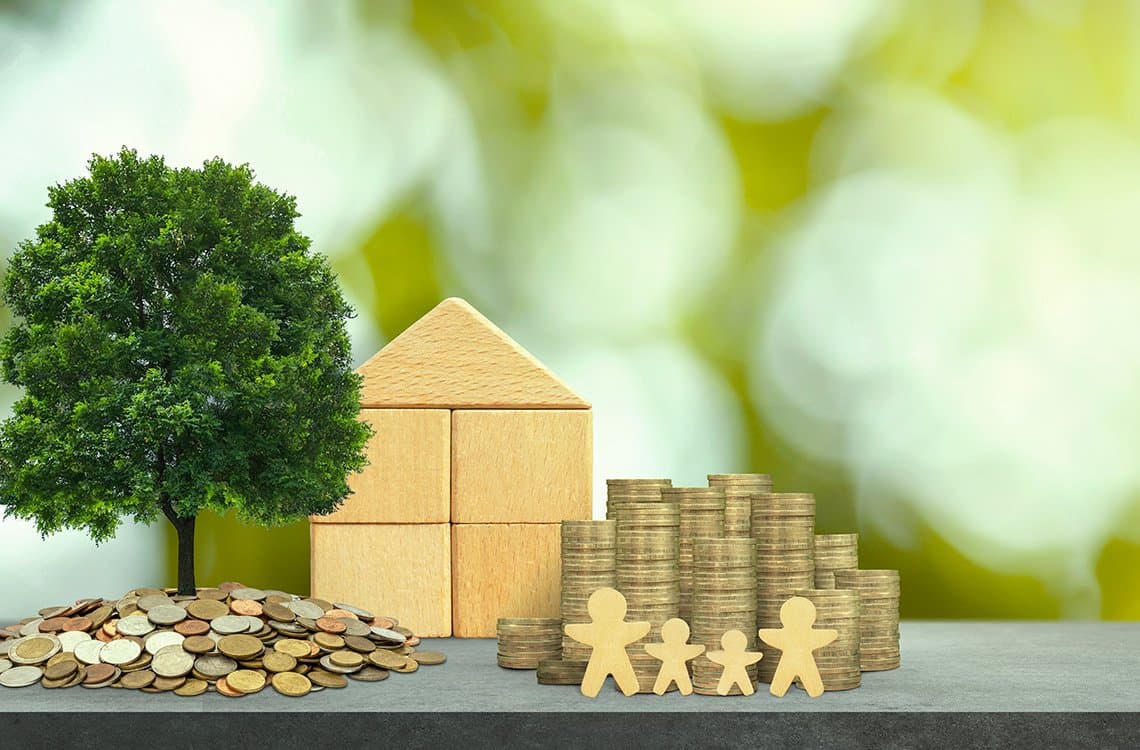
The Sustainable Future of Cash
Cash is among the world’s most-used products, a pillar of global economy that passes through billions of hands daily. Therefore, the steps being taken by central banks and businesses to optimise the efficiency of the cash cycle and to reduce its environmental impact hold significant importance to building a greener future.
Cash: A Roadmap to Sustainability, prepared by Reconnaissance International, a global source of business intelligence on currency and security matters, and funded by nine European businesses from the cash industry, explores how organisations worldwide are improving their operations, featuring over a hundred case studies ranging from small interventions to major investments in sustainable solutions.
Up front, the report sets out to avoid ‘green washing’ by giving concrete examples of measures already implemented by organisations that offer demonstrable environmental impact improvements.
In order to put the present carbon footprint of cash in perspective, the report cites a paper published by the Dutch National Bank in 2018 that found each cash transaction generated 4.6 grams of CO2. Taking the example of someone buying a chocolate bar with a few coins, the production of a 40-gram bar generates an average 200 grams of CO2. Even with a relatively small footprint, there is room for improvement, and the report details 106 measures implemented by 24 organisations that it says are a representative sample of the direction in which the cash industry is travelling.
Ten of the 24 organisations are now meeting 100 percent of their energy needs with renewable energy. Seven have made direct investments in solar, hydro, wind or tidal power. 23 organisations in the UK have signed up to a charter mandating net zero emissions and a reduction in plastic use. In addition, cash-in-transit companies worldwide have invested in telematics and routing optimisation software to reduce fossil fuel usage alongside deploying electric or hybrid vehicles.
People should use cash with confidence, knowing that it is being created and managed responsibly and carefully so that its environmental footprint is minimised whilst its social benefits are maintained.
Case studies include the Royal Australian Mint, which is funding solar panel investment and improvements of its processes to reduce water usage. It halved its water usage between 2019 and 2020 (from 4,093 tonnes to 1,954 tonnes), and is targeting a further 2.5 times reduction this year to reach 750 tonnes or less. The Royal Dutch Mint built a new plant and achieved an almost 100 percent reduction in carbon footprint by making it gas-free and including on-site solar energy production expected to exceed its own consumption. The UK’s Royal Mint has also employed solar arrays alongside wind turbines, and between these and its grid electricity, 100 percent of its energy needs are met with renewably energy.
Across the board, the organisations surveyed are reducing energy, water and materials consumption and increasing reliance on renewable energy sources. Transport is moving away from reliance on fossil fuels and improving route efficiency to minimise fuel or electricity consumption. At end of life, recycling or reuse of cash materials is also being introduced and—where recycling is already commonplace, such as the retrieval of metal from coins—processes are being made more efficient.
Looking ahead, the report foresees improved overall management of cash, with the potential for shared sorting and banking facilities that would provide multiple services across different industries (e.g., post offices that also offering banking and shopping options). Material and energy consumption can be further reduced as technology improves, and investment in renewable energy generation should continue. Cash can also be made even more resilient, using longer-lasting materials, and central banks can support this and other measures with their future policies.
